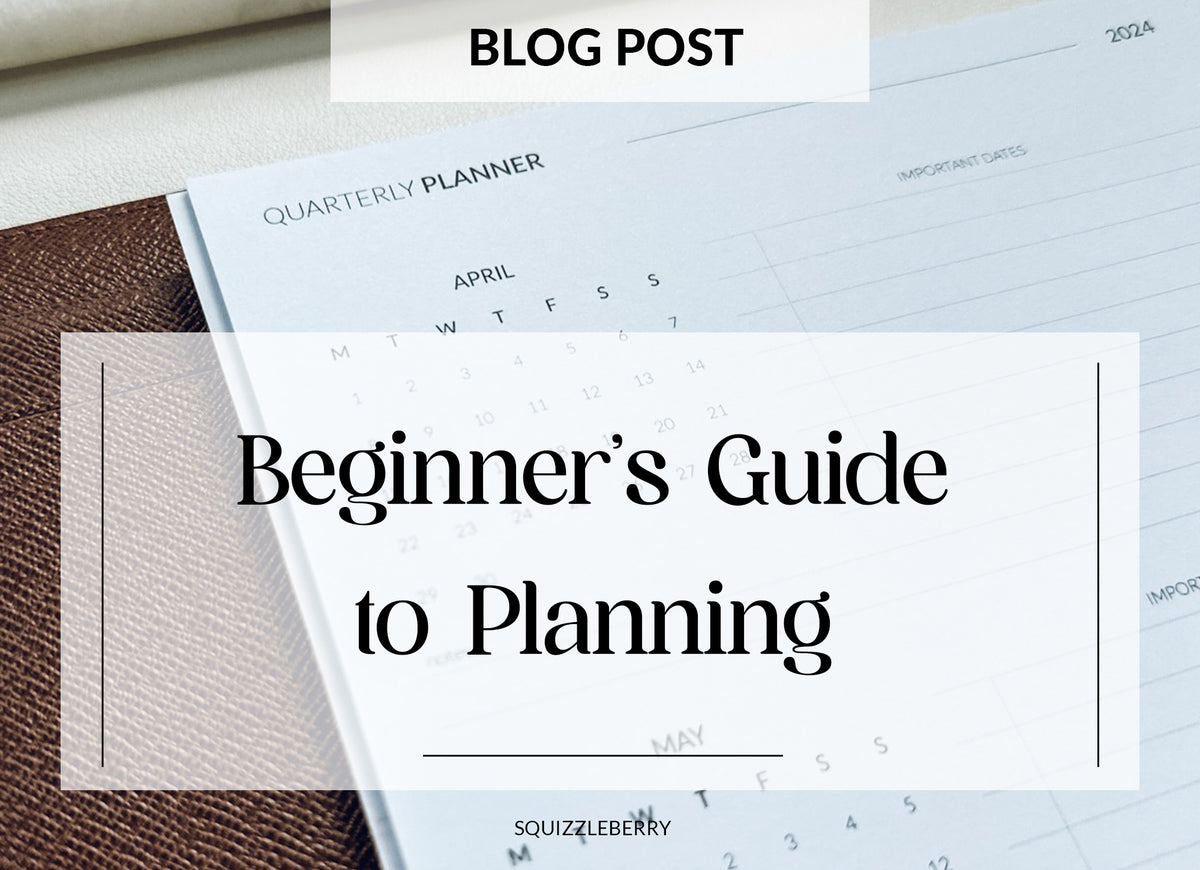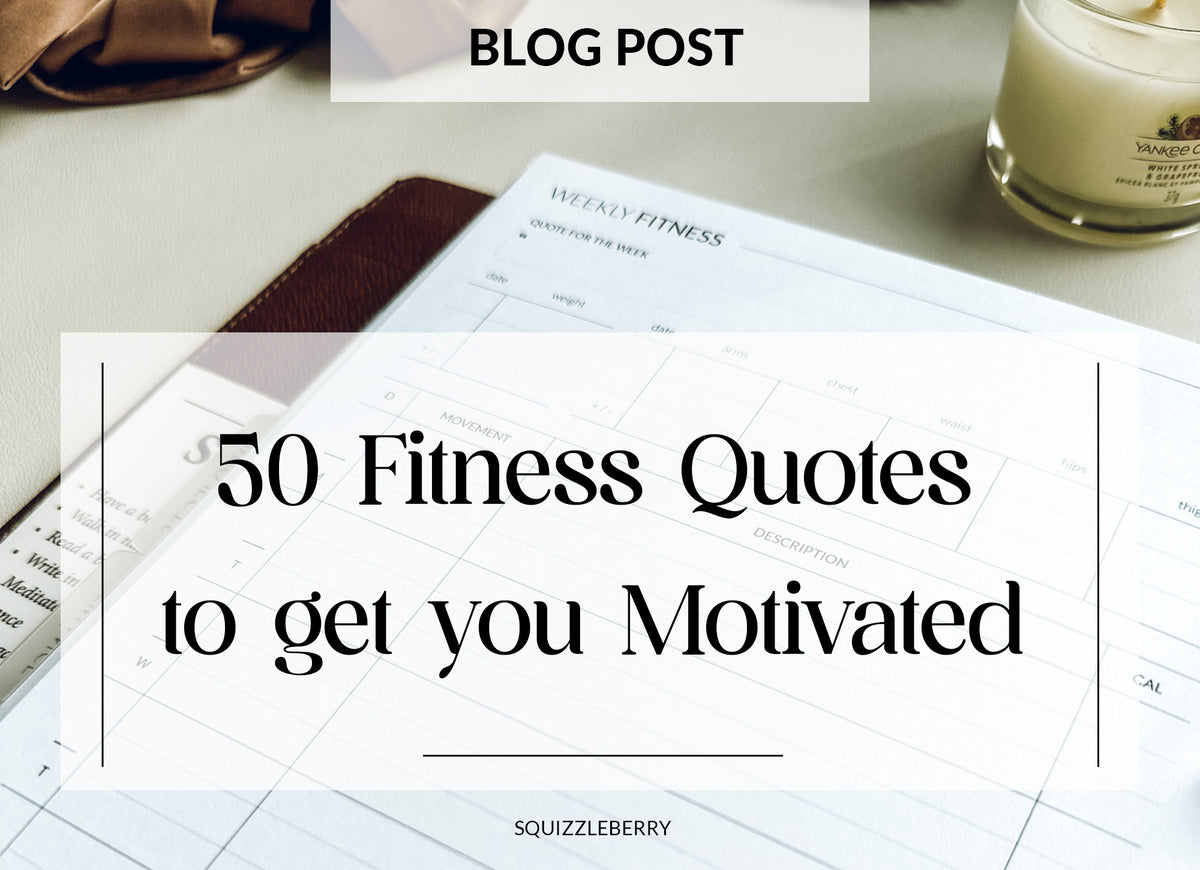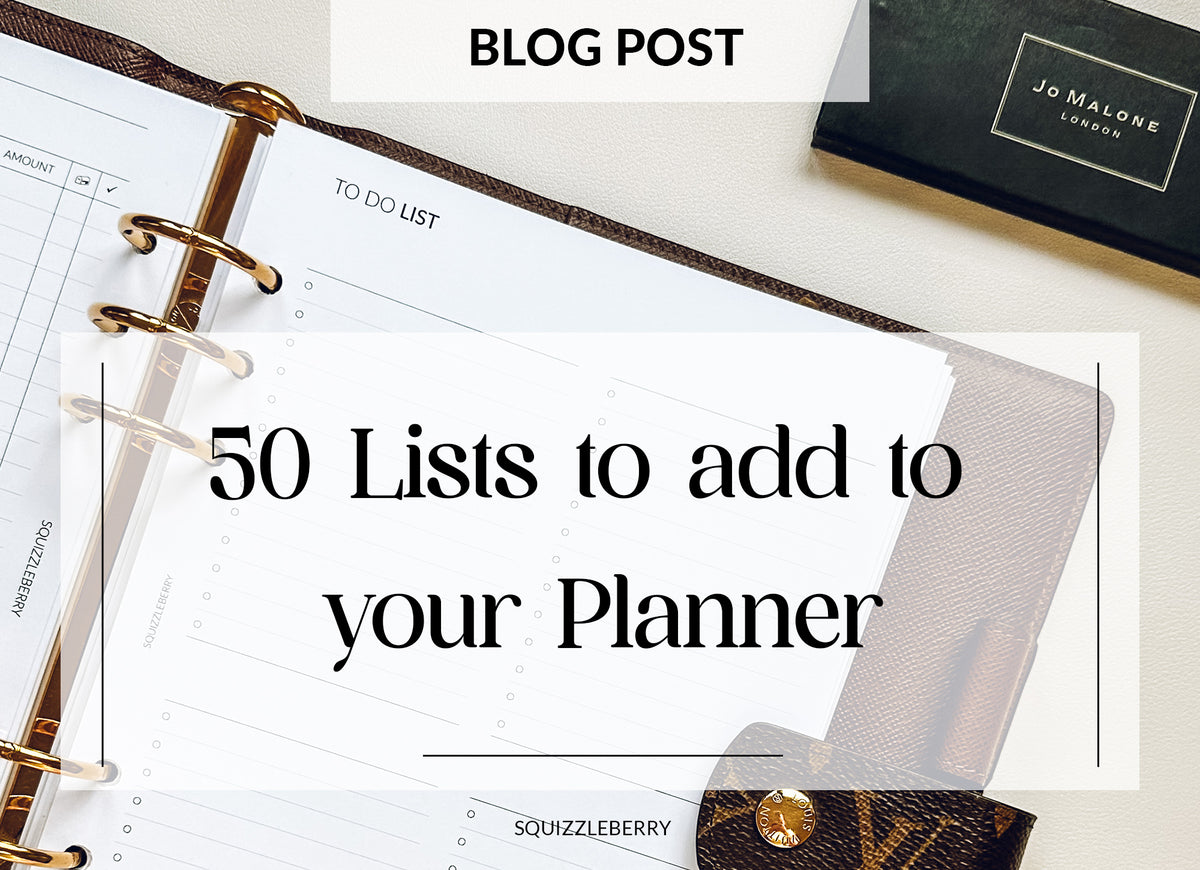- "The only limit is the one you set yourself."
- "No pain, no gain."
- "Your weight does not define your worth."
- "Be stronger than your excuse."
Beginner's Guide to Planning

Minimal organized planning is a way to stay on top of your tasks and goals without getting overwhelmed. It's all about focusing on the essentials and using a simple system that works for you.
To get started with planning, you'll need:
- A planning system of your choice. This could be a physical planner (like an agenda or Filofax), a digital planner (iPad), or even just a simple notebook.
- A list of your goals and priorities. What do you want to achieve in the next week, month, or year? Once you know your goals, you can start to break them down into smaller tasks.
- A schedule. This doesn't have to be rigid, but it's helpful to have a general idea of how you're going to spend your time each day.
- A system for tracking your progress. This could be a simple checklist or a more detailed organization system.
Main tips from us:
- Focus on your top priorities. Don't try to do everything at once. Instead, focus on the most important tasks and goals.
- Break down large tasks into smaller ones. This will make them seem less daunting and more manageable.
- Schedule time for both work and play. It's important to balance your work and personal life. Make sure to schedule time for the things you enjoy, as well as for the things you have to do.
- Be flexible. Things don't always go according to plan. Be prepared to adjust your schedule and priorities as needed.
- Don't be afraid to say no. It's okay to turn down extra commitments if you don't have the time or energy.
What does a planning routine look like?
- Write all of your tasks down onto one page. A great guide for this is a brain dump or an Inbox insert.
- At the beginning of each week, review your goals and priorities. What do you want to achieve this week? Break down your goals into smaller tasks so that you know which steps you need to take in order to achieve your objectives.
- Schedule your tasks. Use the Inbox insert with all of your tasks to prioritise when to work on each task.
- Review your progress at the end of each day or week. What did you accomplish? What still needs to be done?
- Make adjustments to your schedule and priorities as needed.
Planning is a simple but effective way to stay on top of your tasks and goals. By following the tips above, you can create a system that works for you and helps you to achieve your goals.

What are planner inserts?
Planner inserts are pre-printed pages that you can add to your planner to help you organize your schedule, tasks, and notes. They come in a variety of layouts and styles, so you can find the ones that work best for you.
Why use planner inserts?
Planner inserts can help you stay organized and on top of your to-do list. They can also help you achieve your goals by providing a place to track your progress and stay motivated.
How to get started with planner inserts
- Choose the right planner. The first step is to choose a planner that you like and that fits your needs. There are many different types and sizes of planners available, so take some time to browse and find one that you think you will use consistently. Make sure to consider how much space you will need for writing and if you're going to be carrying it with you or leaving it at home. Check out our Size & Paper Guide to give you an idea on what this looks like.
-
Select your planner inserts. Once you have chosen a planner, you can start selecting your planner inserts. There are many different types of planner inserts available, so you can choose the ones that you think will be most helpful to you. Some popular types of inserts include:
- Monthly calendar: Monthly calendar inserts can help you keep track of your appointments, events, and deadlines.
- Weekly planner: Weeklies are a great tool to use for viewing your week at a glance. They tend to include to do lists and habit trackers. You can have a week on one page or a week on two pages.
- Daily planner: Daily planner inserts can help you plan your day hourly and track your to-do list, meals, and many more.
- Goal setting: Our goals bundle is brilliant in helping you with the bigger picture, with a focus on annual or 5 year plans. You can also track your progress and split your main goals into smaller tasks.
- Habit tracking: Make sure you use habit trackers to create new habits or break old ones. These are invaluable to keep in your planner as they force you not to break your streak!
- Set up your planner. Once you have chosen your planner inserts, you can start setting up your planner. This involves adding the inserts to your planner and filling in any necessary information. For example, you may want to add your contact information to the front of your planner and get some planner cards and dashboards to decorate your planner with.
- Start using your planner! The final step is to start using your planner! Make a habit of checking your planner regularly and using it to track your appointments, tasks, and goals.

Personalising your planner
- Use a color-coding system. Color-coding your planner inserts can help you quickly see what you need to do and when you need to do it. For example, you could use red to indicate high-priority tasks and green to indicate low-priority tasks.
- Use stickers and washi tape. Stickers and washi tape can be a fun and creative way to decorate your planner inserts and make them more visually appealing. You can also use these to highlight important tasks and events.
- Use a planner dashboard. A planner dashboard is a single page that gives you an overview of your entire planning system. This can be helpful for seeing what you have coming up and staying on top of your to-do list.
- Review your planner regularly. It's important to review your planner regularly to make sure that it is up-to-date and that you are on track to achieve your goals.

Planning can be a great way to stay organized and on top of your to-do list without feeling overwhelmed. By following the tips above, you can create a planning system that works for you and helps you achieve your goals.
If you're new to planning, look at our Starter Bundle.
It has everything you need to get started with planning and saves you money as you don't have to purchase all inserts in sets of 10.


